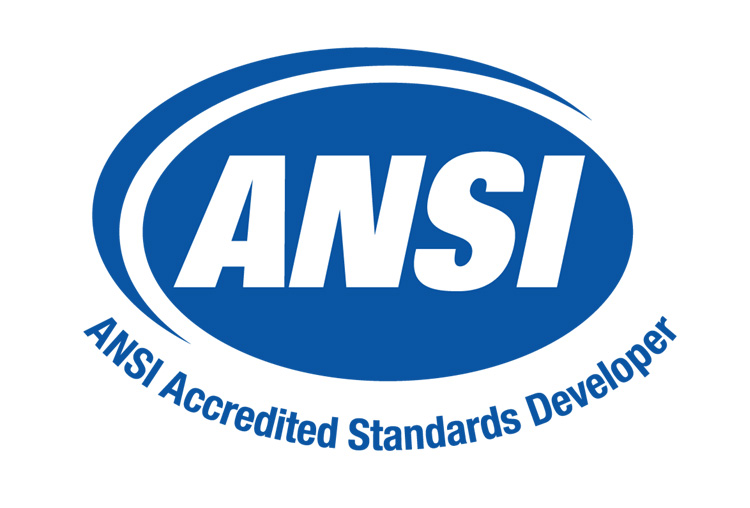Urban Heat Island Mitigation
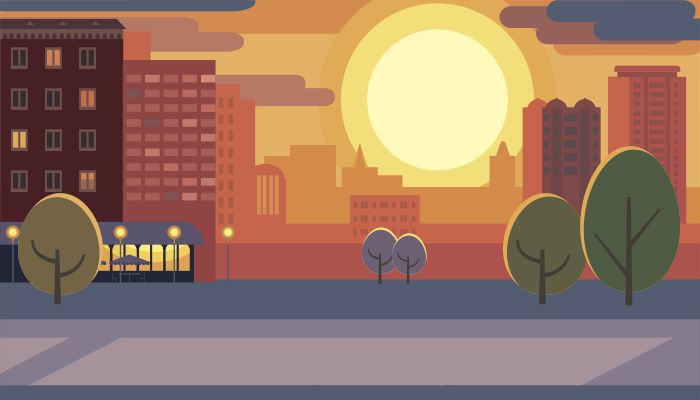
The urban heat island (UHI) effect occurs when urban areas are hotter than surrounding areas. This phenomenon is caused by a high concentration of dark, impervious surfaces such as roofs, walls, and roads combined with a lack of trees and green space. Tall buildings that block or slow air movement, known as urban canyons, contribute to the formation of heat islands, along with waste heat released by vehicles and air conditioning.
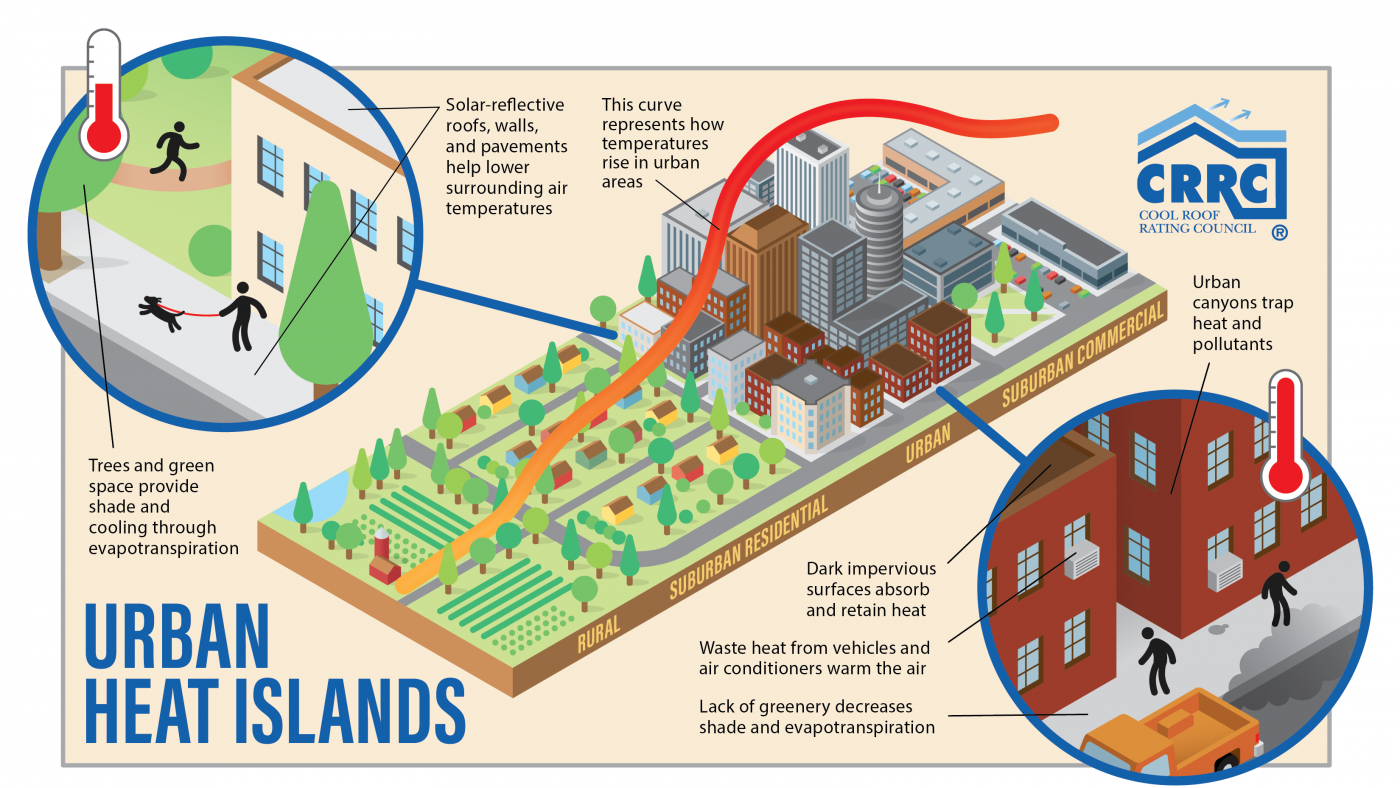
Heat islands are dangerous for our communities because they increase the risk of heat-related illness and death. They also make working outside uncomfortable or even dangerous and can decrease productivity and school performance. Heat islands also increase peak power demand because air conditioning systems must work harder to keep spaces cool, which makes power interruptions more likely and increases air pollution.
Studies show that low-income communities and communities of color are impacted more severely by UHIs than other neighborhoods. This is because less investment has been made in trees, parks, and infrastructure in these areas. Check out the below video by The Verge for an example of temperature disparity between neighborhoods in New York City.
Cool Roofs and Walls as Urban Heat Island Mitigation Strategies
Cool roofs and walls have an important role in combating UHIs. Due to their ability to reflect heat back into the atmosphere, installing reflective materials on buildings decreases the building’s surface temperature, as well as temperatures inside the building. This means that, compared to buildings with conventional roofs and walls, less air conditioning is needed to keep occupants comfortable and buildings without air conditioning stay cooler. Cool roofs and walls also contribute to increased solar reflectance (albedo) of a community, which can help decrease outdoor air temperatures.
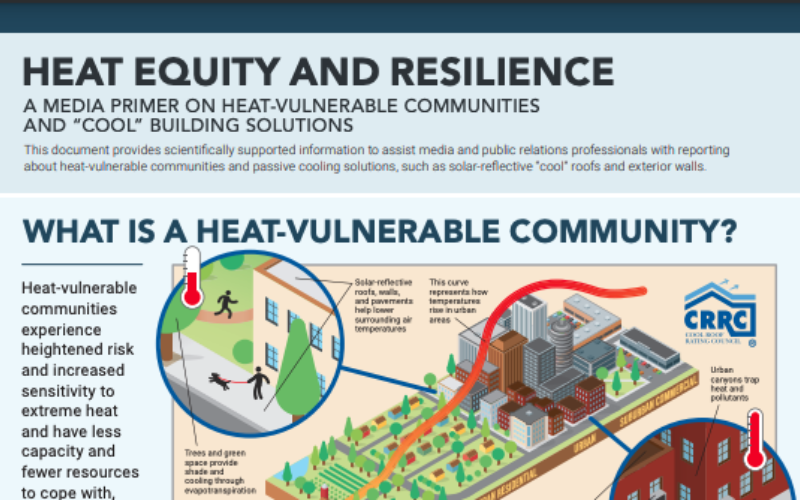
Heat Equity and Resilience
Learn More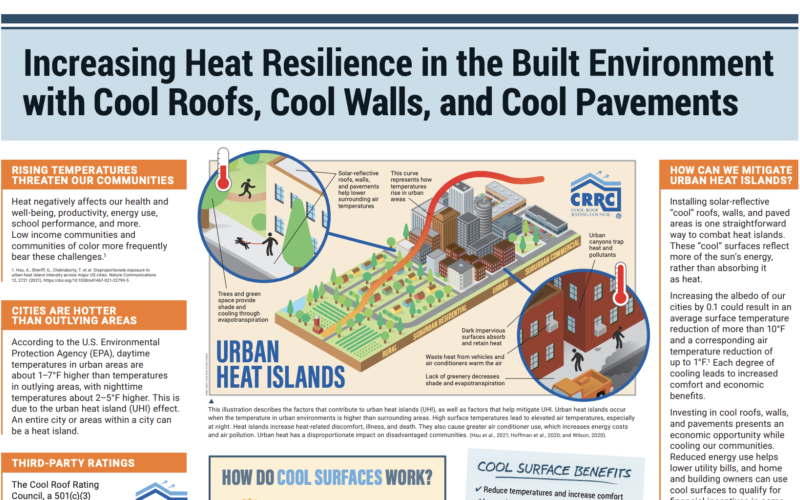
Increasing Heat Resilience in the Built Environment
Learn MoreCool Surfaces Video
The below video provides core instruction on the topics of urban heat islands, surface radiative properties, and cool roofs and cool exterior walls. The video is included in the Cool Surfaces Lesson Plan curriculum.
To view the video on YouTube or watch in full screen, click the YouTube logo at the bottom right of the video.
Urban Heat Island Resources
Check out the resources below to learn more about urban heat islands and how communities can take action to reduce them.
CRRC Urban Heat Island Mitigation Brochure
CRRC Rated Products Directories
Heat Action Platform Policy Tool (Adrienne Arsht-Rockefeller Foundation Resilience Center)
Heat.gov (National Integrated Heat Health Information System)
Lawrence Berkeley National Laboratory Heat Island Group
US EPA Heat Island Reduction Program
Urban Heat Island Research
Below are several recent research publications on urban heat islands, mitigation strategies, and heat disparity among communities.
A global economic assessment of city policies to reduce climate change impacts. Estrada et al. (2017), Nature Climate Change.
Assessment of International Urban Heat Island Research: Review and Critical Analysis of International UHI Studies. Navigant Consulting, Inc. (2009), United States Department of Energy.
Capturing the true value of trees, cool roofs, and other urban heat island mitigation strategies for utilities. Shickman & Rogers (2020), Energy Efficiency.
Community-Informed Heat Relief: Policy Options for Addressing Urban Extreme Heat in High-Risk Communities. (2021), Georgetown Climate Center.
Cooling Hot Cities: A Systematic and Critical Review of the Numerical Modeling Literature. Krayenhoff et al. (2021), Environmental Research Letters.
Cooling the Cities – A Review of Reflective and Green Roof Mitigation Technologies to Fight Heat Islands and Improve Comfort in Urban Environments. Santamouris (2014), Solar Energy.
Disproportionate Exposure to Urban Heat Island Intensity Across Major US Cities. Hsu et al. (2021), Nature Communications.
Hot Zones: Urban Heat Islands. (2021), Climate Central.
Increasing Trees and High-Albedo Surfaces Decreases Heat Impacts and Mortality in Los Angeles, CA. Kalkstein et al. (2022), International Journal of Biometeorology.
Perceptions of urban heat island mitigation and implementation strategies: survey and gap analysis. Wang et al. (2021), Sustainable Cities and Society.
Primer for Cool Cities: Reducing Excessive Urban Heat – With a Focus on Passive Measures. (2020), Energy Sector Management Assistance Program, World Bank Group.
Rx for Hot Cities: Climate Resilience Through Urban Greening and Cooling in Los Angeles. (2020), Los Angeles Urban Cooling Collaborative.
Scorched: Extreme Heat and Real Estate. (2019). The Urban Land Institute.
The Effectiveness of Cool and Green Roofs in Mitigating Urban Heat Islands
and Improving Human Thermal Comfort. Wang et al. (2022), Building and Environment.The Effects of Historical Housing Policies on Resident Exposure to Intra-Urban Heat: A Study of 108 US Urban Areas. Hoffman et al. (2020), Climate.
The Effects of Night-Time Warming on Mortality Burden Under Future Climate Change Scenarios: A Modeling Study. He et al. (2022). The Lancet Planetary Health.
Urban Green Space and Albedo Impacts on Surface Temperature Across Seven
United States Cities. Smith et al. (2022), Science of the Total Environment.Urban Heat Management and the Legacy of Redlining. Wilson, B. (2020), Journal of the American Planning Association.
Using remote sensing to quantify albedo of roofs in seven California cities, Part 2: Results and application to climate modeling. Ban-Weiss et al. (2015), Solar Energy.
- Widespread Race and Class Disparities in Surface Urban Heat Extremes Across the United States. Benz, S.A. and Burney, J.A. (2021), Earth’s Future.
